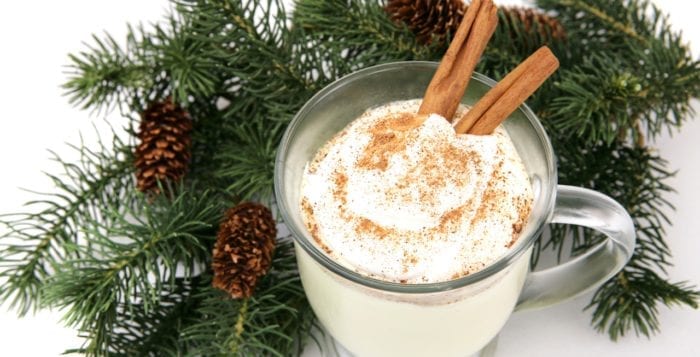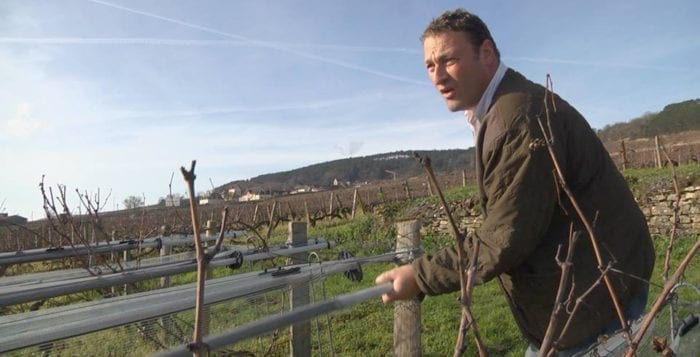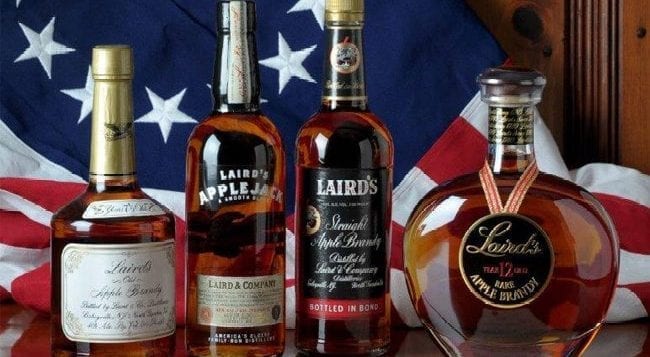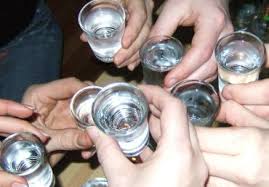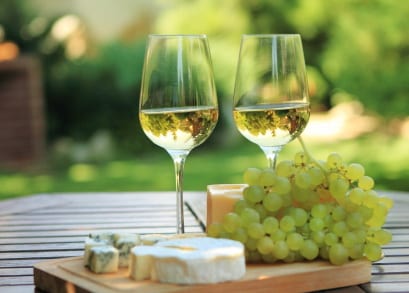By Bob Lipinski
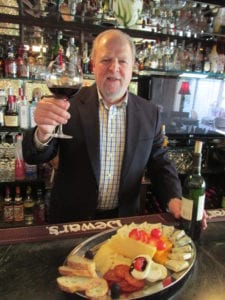
Countless articles and books include information, charts, diagrams and so forth on how we are supposed to pair cheese with wine and which combinations are made in heaven. (I’ve had a few that were probably made in hell!) Some of the more enlightened folk even recommend and discuss pairing cheese with beer, especially with the tremendous growth of craft beers and brewpubs.
But what about pairing cheese with spirits — you know … whiskey, vodka, brandy, rum, liqueurs and even grappa? It’s really not difficult once you understand the basics of spirits and how their flavors can interact with many cheeses that same way wine does.
As with cheese and wine, your cheese and spirits should complement each other. The secret is to avoid having either overpowered by the other, and spirits with an alcoholic beverage hovering around 40 percent the task becomes greater.
Be certain to slightly chill the spirits to around 65 to 68 degrees. Higher temperatures will certainly bring the alcohol to the forefront of your nose and mouth. Choose your favorite glass, and, if you like drinking your spirits over ice, refrigerate them instead.
The spirits and cheese recommendations below are from a recent tasting I conducted:
Moletto Gin, Veneto, Italy (86 proof) Perhaps the most incredible gin I’ve ever encountered! Yes, the familiar juniper berry notes along with rosemary, mint, basil and hint of citrus are there, but the kicker is an initial burst of fresh tomatoes! This gin was macerated for 45 days with San Marzano tomatoes from Italy. Recommended cheeses: Bel Paese, Boulette d’Avesnes, Leyden or mozzarella.
Moletto Grappa di Arneis, Italy (80 proof) Bouquet and flavor of spicy cherries, dried flowers, herbs, spices and dried fruits. Subtle hints of black pepper, raisins and apricot are present in the aftertaste. Recommended cheeses: Creamy Gorgonzola, herbed cheese, Gouda or Montasio.
Le Reviseur “V.S.” Single Estate, Cognac France (80 proof) A full, warming bouquet and flavor of dried fruits (raisins, dates, cherries), along with spices and dark berries. Hints of chocolate and plums are present in an ultra-smooth taste. Recommended cheeses: brie, Camembert, Livarot or Roquefort.
Laird’s “Straight Apple Brandy” New Jersey (100 proof) A brandy made from about 20 pounds of apples and aged around three years in charred oak barrels. An intense aroma of cider, baked apples, cloves and vanilla. Warming in the mouth with hints of honey, caramel and spices and a smooth finish. The aftertaste remains for some time. Recommended cheeses: Bondon, cheddar, Petit-Suisse or Pont l’Évêque.
Charles Goodnight “Bourbon,” 6 years old, Kentucky (100 proof) A heady bouquet of oak, caramel, smoky tobacco and vanilla. Warming flavors of spices, coconut and toasted almonds. Surprisingly smooth with an aftertaste of honey. Recommended cheeses: Asiago, Kefalotyri, Monterey Jack or Parmigiano-Reggiano.
Bob Lipinski, a local author, has written 10 books, including “101: Everything You Need to Know About Whiskey” and “Italian Wine & Cheese Made Simple” (available on Amazon.com). He conducts training seminars on wine, spirits and food and is available for speaking engagements. He can be reached at www.boblipinski.com or [email protected].

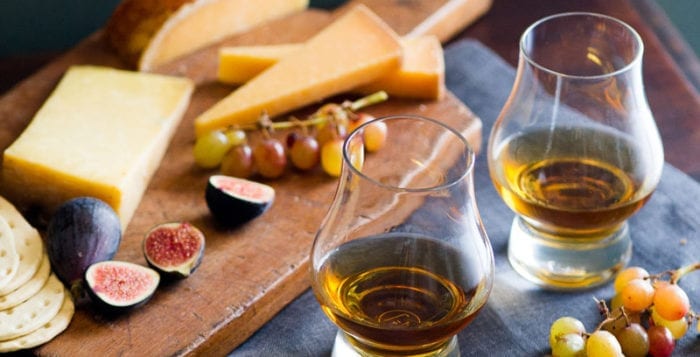


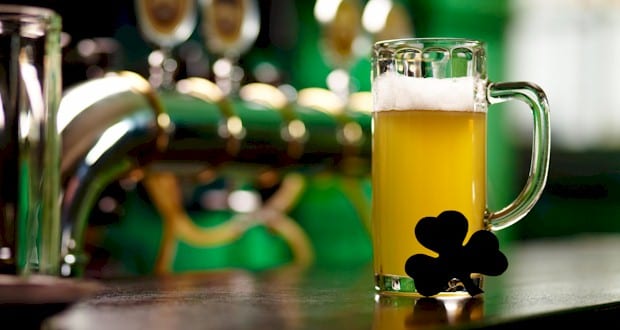

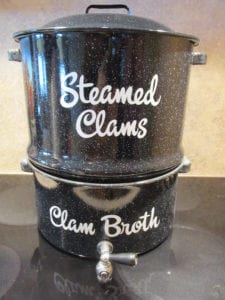

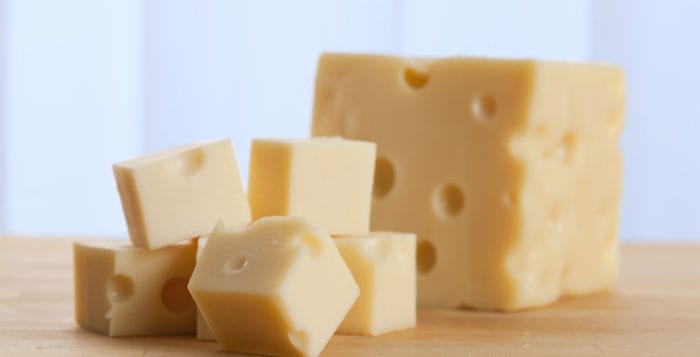
 “Swiss cheese” as we know it doesn’t really exist. It is a generic term often used in North America for any type of cheese, regardless of where it comes from, as long as it has a pale-yellow body and is literally full of holes or “eyes,” with a rubbery texture. And this holds true for both imported and “domestic” Swiss cheeses.
“Swiss cheese” as we know it doesn’t really exist. It is a generic term often used in North America for any type of cheese, regardless of where it comes from, as long as it has a pale-yellow body and is literally full of holes or “eyes,” with a rubbery texture. And this holds true for both imported and “domestic” Swiss cheeses.